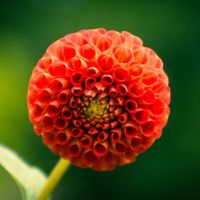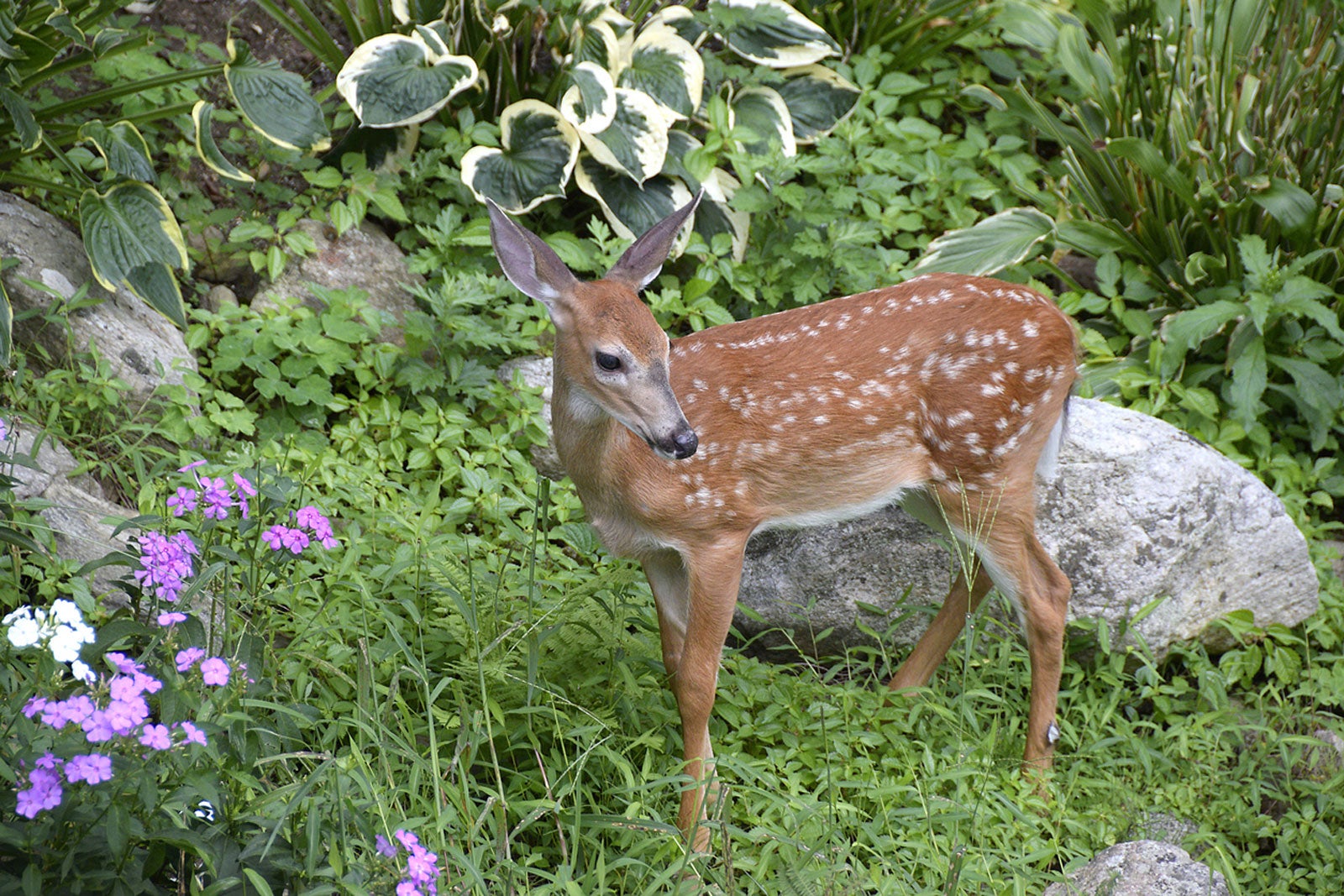Welcoming Wildlife In The Garden: How To Create A Wildlife Garden


Years ago, I bought a magazine advertising an article about building a backyard wildlife garden. “What a great idea,” I thought. And then I saw the photographs—a modest sized backyard filled with a falling-down rock wall, a huge brush pile, overgrown shrubs, a dripping hose over a cracked basin, and a variety of feeders and birdhouses crammed into the small space. “The only wildlife in this garden will be rats and mice,” I thought. Like so many, this homeowner had gone too far. I've learned a lot about wildlife gardening since then, making my own mistakes, and I'm proud to say that today I have a wide variety of wildlife in the garden. A garden for wildlife doesn't have to be a jungle of unkempt plant life and rodent attracting eyesores. It can and should be a quiet refuge for you, the birds and animals.
How to Create a Wildlife Garden
When building a backyard wildlife garden, you don't have to tear up the entire yard. Even if you live in an apartment with a tiny balcony or small city lot, you can still participate in wildlife gardening. In fact, you don't need a great deal of space to create a wildlife garden. A larger space only increases the diversity of creatures you attract. Use what you have and build from there. Make replacements when needed and new purchases focused on the surrounding wildlife. A successful garden for wildlife is built on four provisions: shelter and protection, food sources, water sources, and nesting areas. It isn't difficult to incorporate any of these things into an aesthetically pleasing plan.
Shelter and Protection
Almost all wild creatures use shrubs, trees, grasses and other tall plants and not only for protection from predators. They use them for safe places to sleep and rest; as cover against rain, wind, and snow; and for cooling shade in summer. As you create a wildlife garden, keep this in mind. Your goal should be a pleasing mix of evergreen and deciduous trees and shrubs. Remember, plants that will give ‘form and structure' to your winter garden will also provide shelter and protection. Some plants look best when allowed to grow naturally. Others fit best in your design when trimmed to form. The birds and beasts don't care! Don't discount your hardscape or focal points when building a backyard wildlife garden either. Brush piles, rock piles and fallen trees all provide shelter and protection, and with a little creativity, you can hide some of these behind other plants or structures or you can find alternative arrangements that are more pleasing to the eye.
Food
Bird feeders are a must for any garden for wildlife. With prices ranging from a few dollars to hundreds, the variety available is astounding. Birds aren't fussy. Try making your own! Hummingbirds are easily attracted to the color red, so red flowers and feeders will draw them to you. Also, take into account that different birds feed at different levels and eat different kinds of seed, fruit and fats. Research the birds in your area and tailor your feeding to their needs. One of the villains of wildlife gardening is the wily squirrel. If you live in an area where these little acrobats abound, spend a few dollars more to purchase squirrel-proof feeders. You'll make up the additional cost in savings on feed! If you must feed the squirrels, as I do, try setting up a feeding station just for them in another area of the yard. It won't cure the problem, but it helps. Your choice of flowers should be another food source to consider when building your backyard wildlife garden. Try to choose as many local varieties as possible. Seeds, nectar and the insects they attract are all possible food sources for some little creature. Even the lowly toad needs to eat and bats do a better job of clearing out those pesky mosquitoes than any spray on the market. Also, look for plants that produce berries to serve as a food source in fall and winter.
Water
All animals need water to survive and one of the easiest ways to ensure the arrival of wildlife in the garden is to provide a clean water source. The traditional raised birdbath is fine, but how about placing that shallow bowl at ground level to give some other creatures a chance. A shallow depression in a decorative rock can be a place for butterflies to sip. This is especially convenient if you place that rock in a place where you frequently water. Much is written today about conserving water in the garden and I'm all for it, but you still can't beat an old fashioned sprinkler for attracting birds to your yard on a hot summer day. Feeling ambitious? How about installing a pond. That low, boggy spot in the yard may be the perfect spot to dig out a hole for a lined pond for fish, frogs and birds. Even the smallest preformed pool can add wildlife interest to your yard.
Nesting Areas
As you create a wildlife garden, plan for nesting areas. A few bird boxes around the yard can be an invitation to the surrounding bird population. Unless you're providing space for birds like martins that prefer to nest in colonies, don't put those boxes too close together. Nesting birds are territorial and won't build too close to their neighbors. Discourage foreign birds by removing perches and buy houses measured specifically for birds in your area.
A Word About Unwanted Wildlife in the Garden
When we begin building a backyard wildlife garden, we think about all the creatures we would like to attract; birds and butterflies, frog and turtles. We forget the creatures we don't want—skunks, opossums, raccoons and for some of us, Bambi and Thumper. That half of an orange you put out on the bird feeding tray should be thrown away after supper. Keeping your feeding areas clean will help discourage the first three vagrants. As far as these guys are concerned, your garbage can with the loose lid and that leftover dog food on the back porch are both part of your garden for wildlife. Bird boxes can become snack boxes and feeders can become dinner stops. Buy baffles and install trays beneath feeders to catch falling seed. Discourage their attendance as much as you can, but...you may have to learn to live with the rabbits, deer and other creatures. My vegetable garden has above and below ground fencing. I hang wind chimes in the trees that don't seem to bother the birds, but make the deer nervous, yet I've stood stone still and watched those deer drink from my pond. The truth is, once I called a truce in the war against these invaders, I started to enjoy their company. The deer are beautiful creatures and the rabbits make me laugh. A Great Blue heron ate all my fish and a pair of mallard ducks come every day to bathe. I have a Great Horned owl that is amazing to watch even when it's raiding someone else's nest, and watching a hawk hunt is thrilling. It's sometimes painful to watch the more brutal side of nature, but these magnificent creatures have the right to eat, too. I don't necessarily invite them, but I enjoy my unexpected guests. It's what happens when you welcome wildlife into the garden.
Sign up for the Gardening Know How newsletter today and receive a free copy of our e-book "How to Grow Delicious Tomatoes".

Jackie Rhoades began writing for Gardening Know How in 2010.